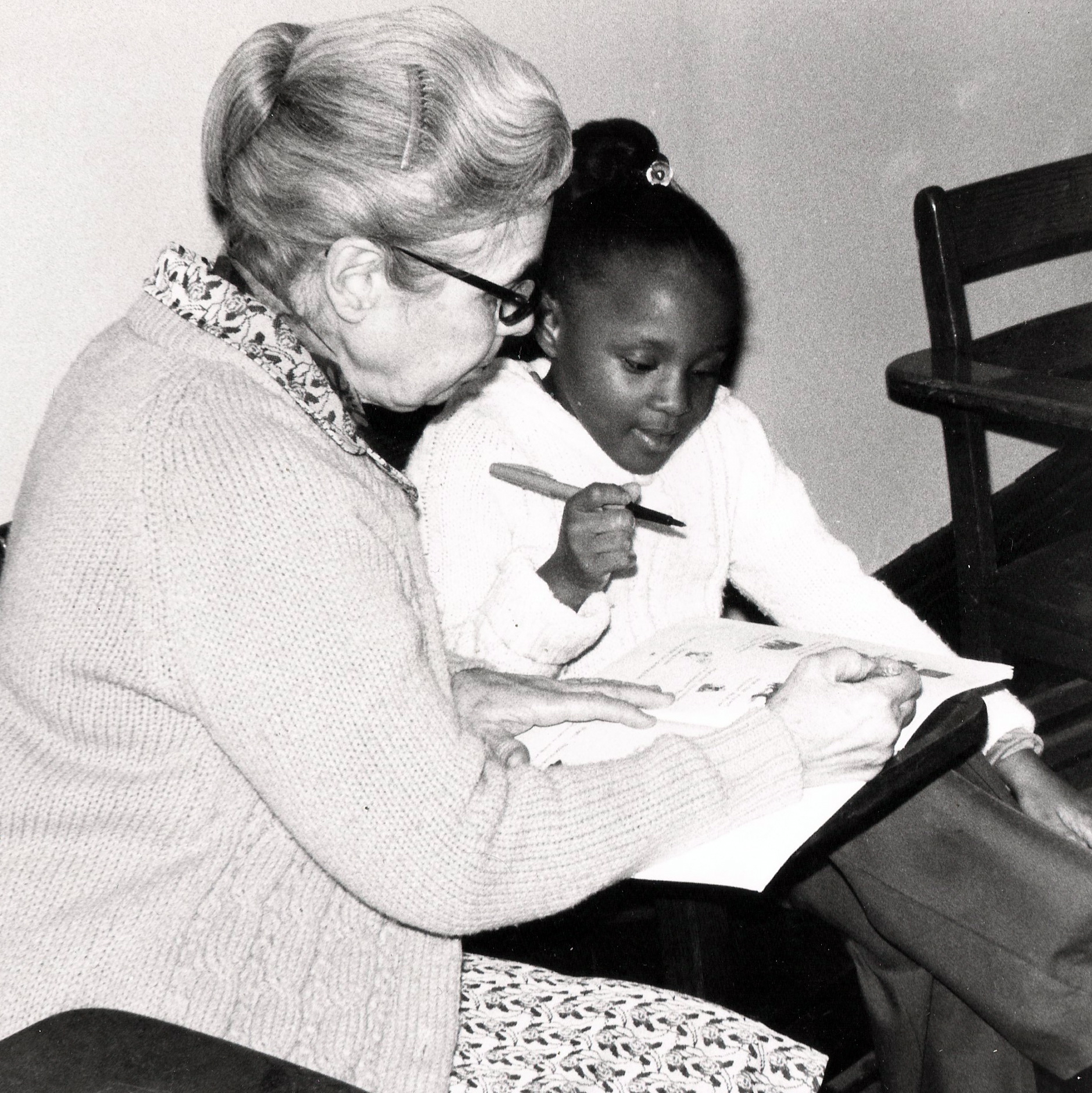
Today’s Photo Friday installment showcases two late twentieth century developments in the Brethren in Christ Church: a burgeoning interest in urban ministry, and an increased interest in social welfare ministries.
Typical of these developments is the Fellowship Chapel Brethren in Christ Church in New York City’s Bronx borough. Launched in the late 1950s, in the middle of a changing metropolitan neighborhood, the Chapel had a rough start. Early leaders paid little attention to the social needs of area residents. By the 1970s, however, new leadership had developed the Chapel into a full-fledged urban ministry center.
This shift marked a major departure for the Brethren in Christ. By this time, the denomination had lost or closed many of its early urban mission stations, including Chicago and Philadelphia. While social ministry had been a component of these efforts, especially in the late nineteenth century Progressive Era, it had been a subordinate focus, often a means by which to attract poor and needy individuals to the church or evangelistic services. Contrastingly, the institutionalization of social ministry at Fellowship Chapel — a program cultivated in addition to church-based activities like Sunday school classes and weekly worship services, suggests that the once-conservative denomination had begun to develop a social conscience — a trend among progressive evangelical groups in the 1970s.
In his history of the Mennonite and Brethren in Christ congregations of New York City, Richard K. MacMaster narrates Fellowship Chapel’s development this way:
The Bronx Administrative Committee drafted a “Bronx New Ministries Proposal” in October 1974, suggesting that a Service Ministries Coordinator be appointed to research and develop new service ministries in the area around Fellowship Chapel, help recruit personnel, and facilitate cooperative efforts with Messiah College. . . . Since Janet Hykes would be coming to the Bronx after the camp season, [Committee members] suggested she conduct a six-week study of the Fellowship Chapel neighborhood. . . .
Janet Hykes made her survey in August and September 1976. She found many areas of need, including housing, employment, and health services. She recommended a tutoring program to supplement existing public schools would be the place to start a community ministries program. . . .
The Little Lighthouse Learning Center opened November 30, 1977 at Fellowship Chapel. “This after-school tutoring program is a place where children may come to get extra help in reading and math skill,” Janet Hykes wrote. She had fifteen volunteers from the church staff and the community who kept it staffed five afternoons a week. The staff worked closely with the neighborhood schools, and made home visits on each child tutored to involve the family. The [Brethren in Christ] Mission Board contributed $4,400 for the Learning Center in 1977-78 and $5,380 in 1978-79.
To learn more about the Little Lighthouse program, see MacMaster, Mennonite and Brethren in Christ Churches of New York City (Kitchener, ONT: Pandora Press, 2006), 256-258.
